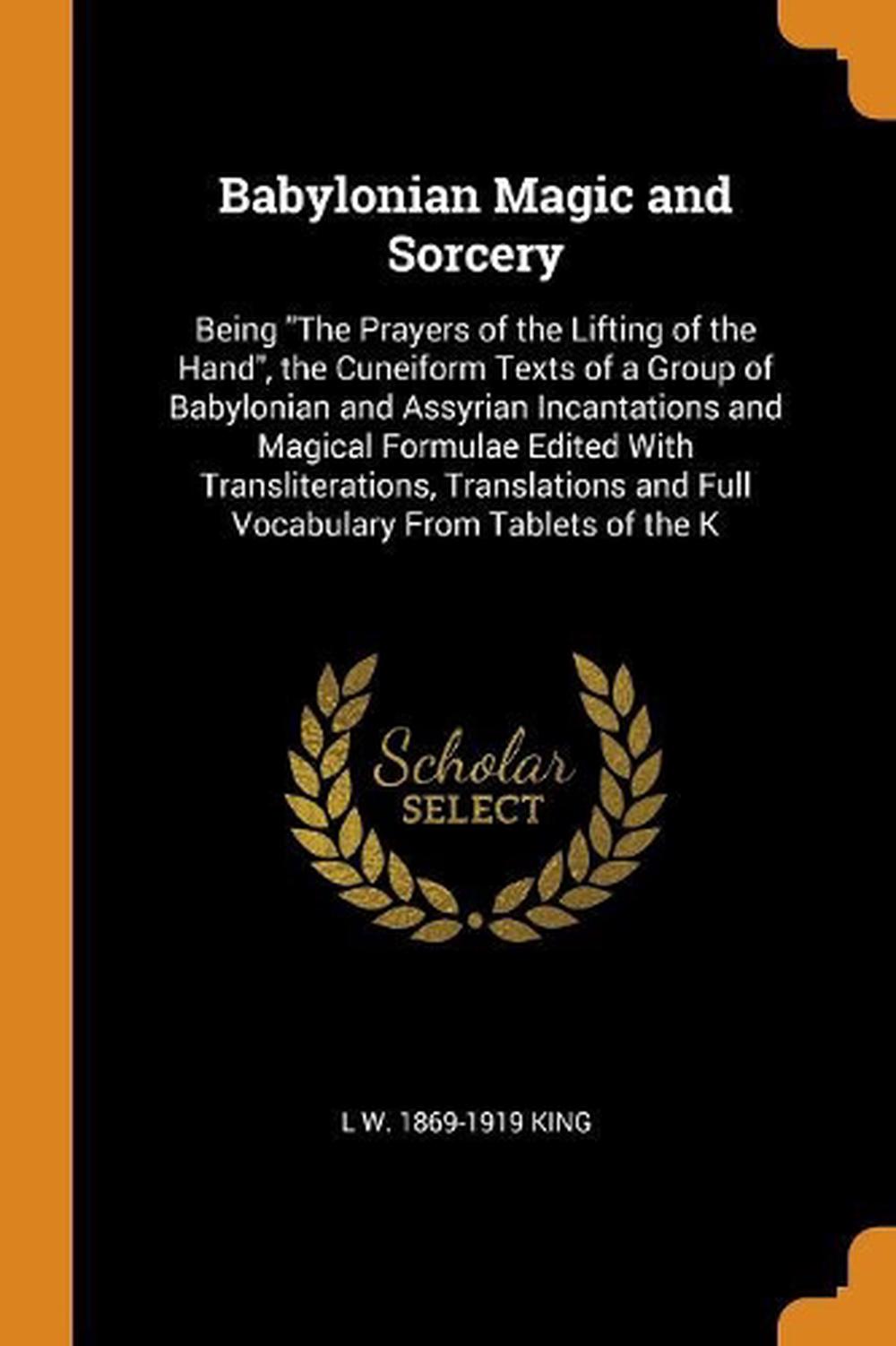
Peter Rudman argues that the development of the concept of prime numbers could only have come about after the concept of division, which he dates to after 10,000 BC, with prime numbers probably not being understood until about 500 BC. Common interpretations are that the Ishango bone shows either a tally of the earliest known demonstration of sequences of prime numbers or a six-month lunar calendar.
#Babylonian numerals 83 series#
The Ishango bone, found near the headwaters of the Nile river (northeastern Congo), may be more than 20,000 years old and consists of a series of marks carved in three columns running the length of the bone.

The idea of the "number" concept evolving gradually over time is supported by the existence of languages which preserve the distinction between "one", "two", and "many", but not of numbers larger than two. Such concepts would have been part of everyday life in hunter-gatherer societies. Modern studies of animal cognition have shown that these concepts are not unique to humans. The origins of mathematical thought lie in the concepts of number, patterns in nature, magnitude, and form.

The study of mathematics as a "demonstrative discipline" began in the 6th century BC with the Pythagoreans, who coined the term "mathematics" from the ancient Greek μάθημα ( mathema), meaning "subject of instruction". All of these texts mention the so-called Pythagorean triples, so, by inference, the Pythagorean theorem seems to be the most ancient and widespread mathematical development after basic arithmetic and geometry. 1800 BC) and the Moscow Mathematical Papyrus (Egyptian c. 2000 – 1900 BC), the Rhind Mathematical Papyrus (Egyptian c. The earliest mathematical texts available are from Mesopotamia and Egypt – Plimpton 322 (Babylonian c. From 3000 BC the Mesopotamian states of Sumer, Akkad and Assyria, followed closely by Ancient Egypt and the Levantine state of Ebla began using arithmetic, algebra and geometry for purposes of taxation, commerce, trade and also in the patterns in nature, the field of astronomy and to record time and formulate calendars. Before the modern age and the worldwide spread of knowledge, written examples of new mathematical developments have come to light only in a few locales. The history of mathematics deals with the origin of discoveries in mathematics and the mathematical methods and notation of the past.

300 BC), widely considered the most influential textbook of all time.


 0 kommentar(er)
0 kommentar(er)
